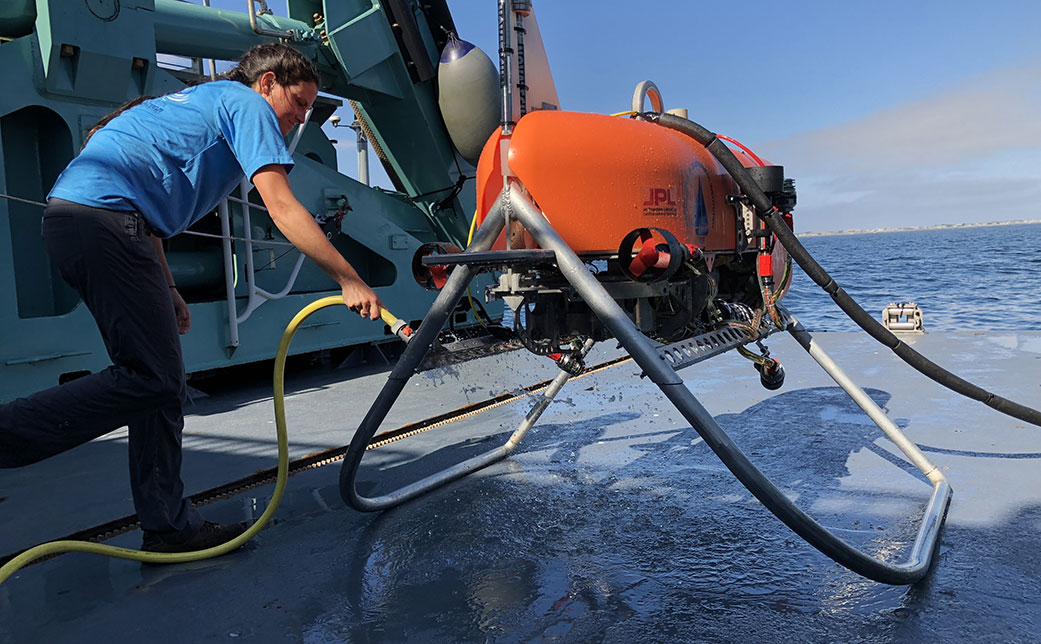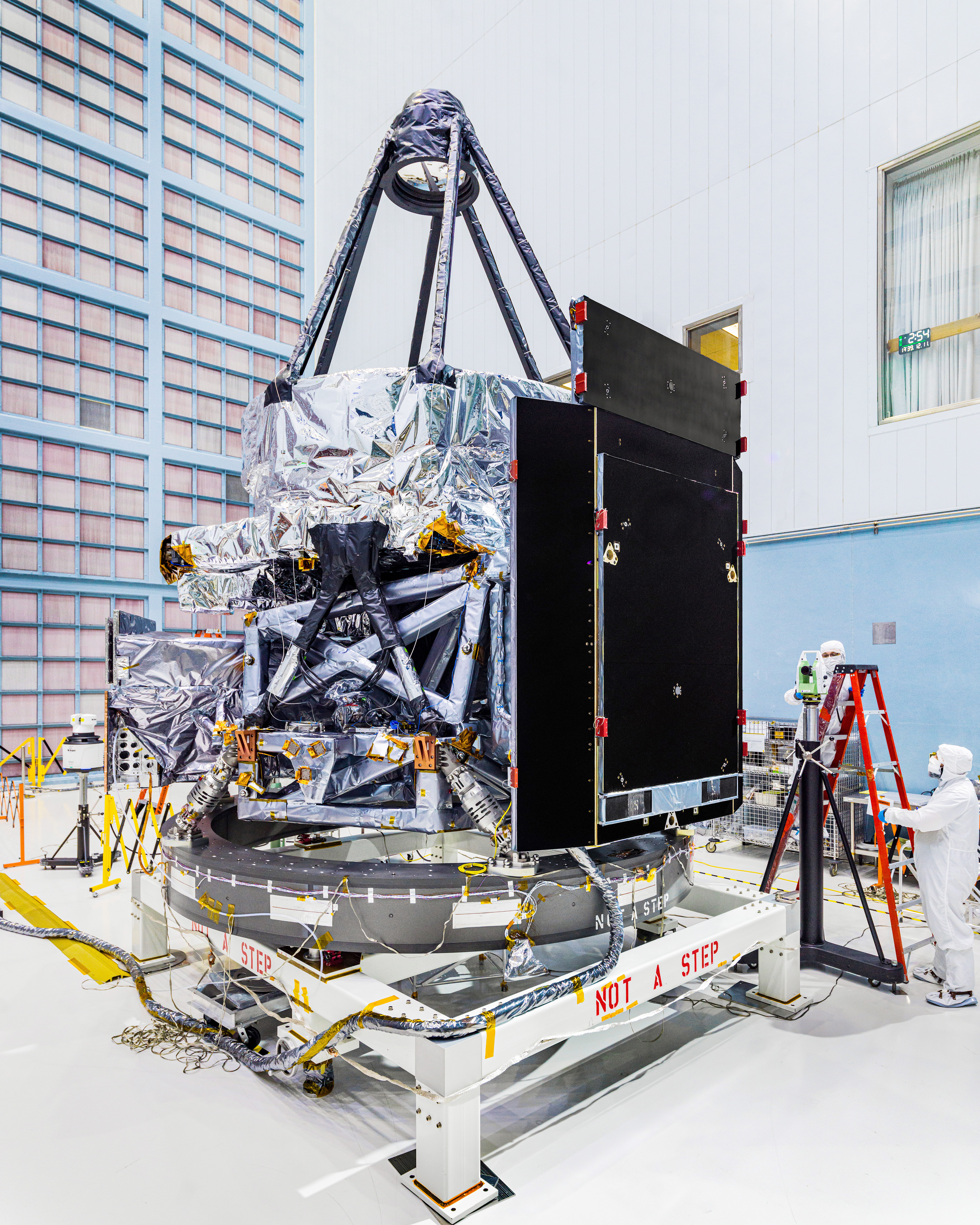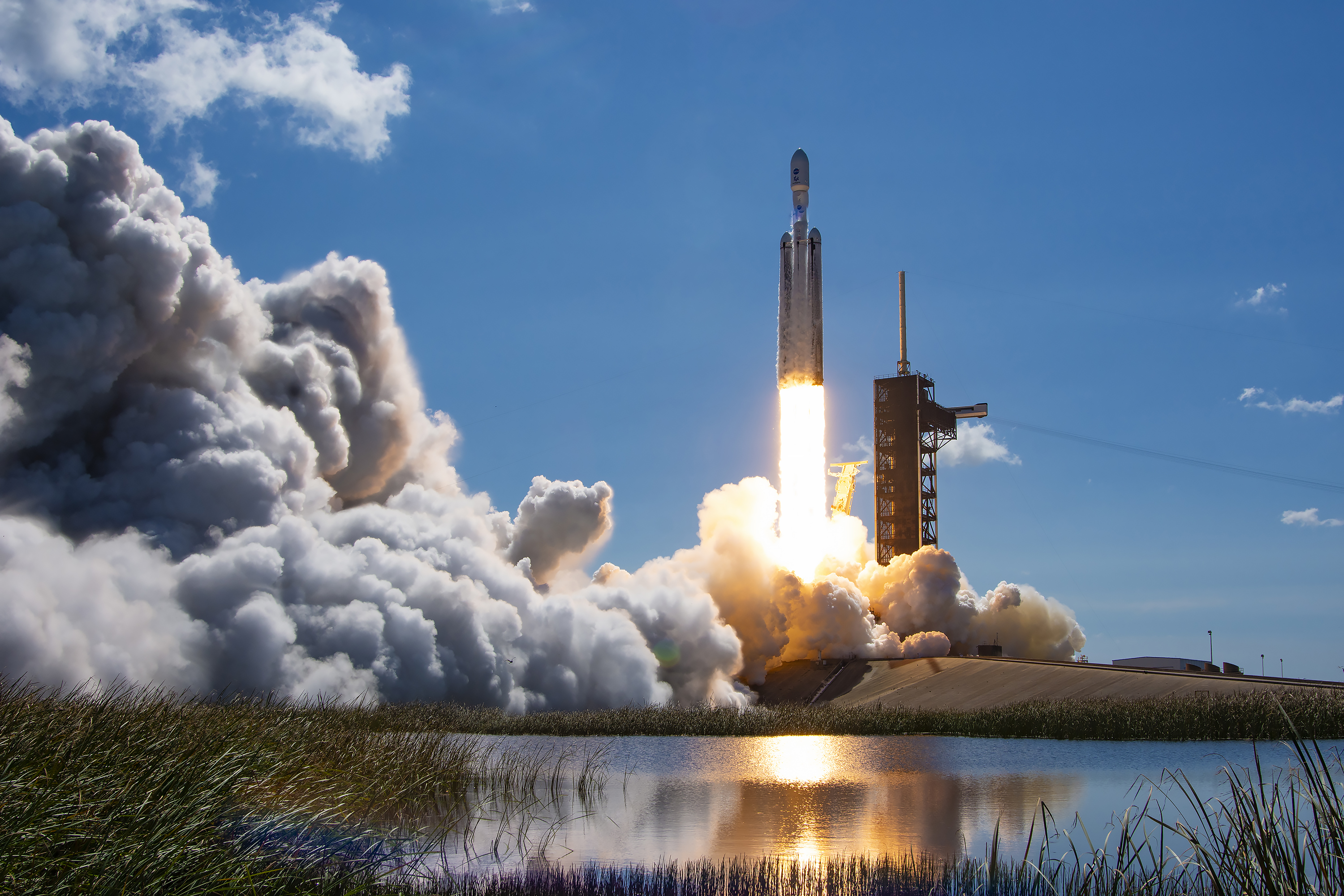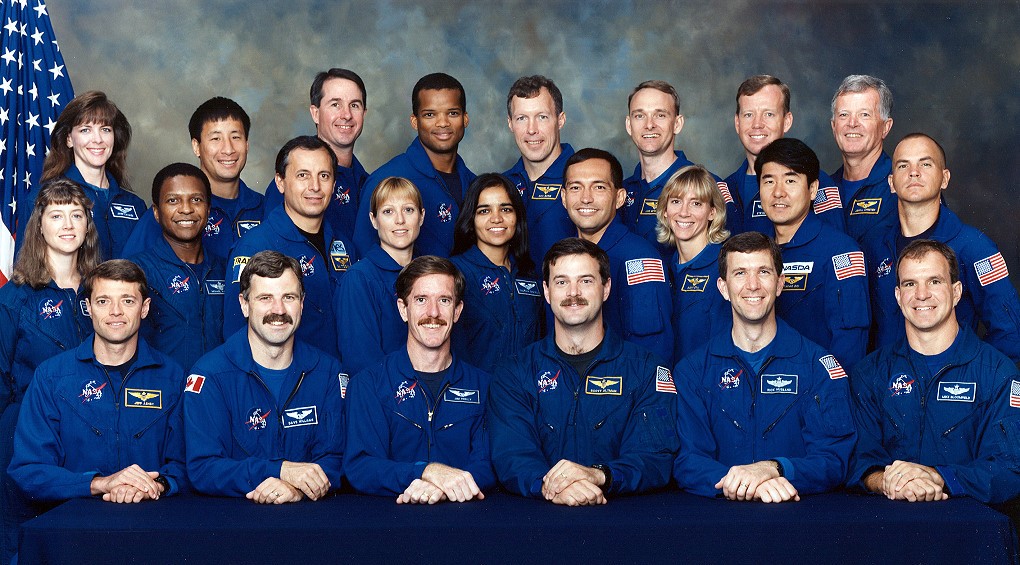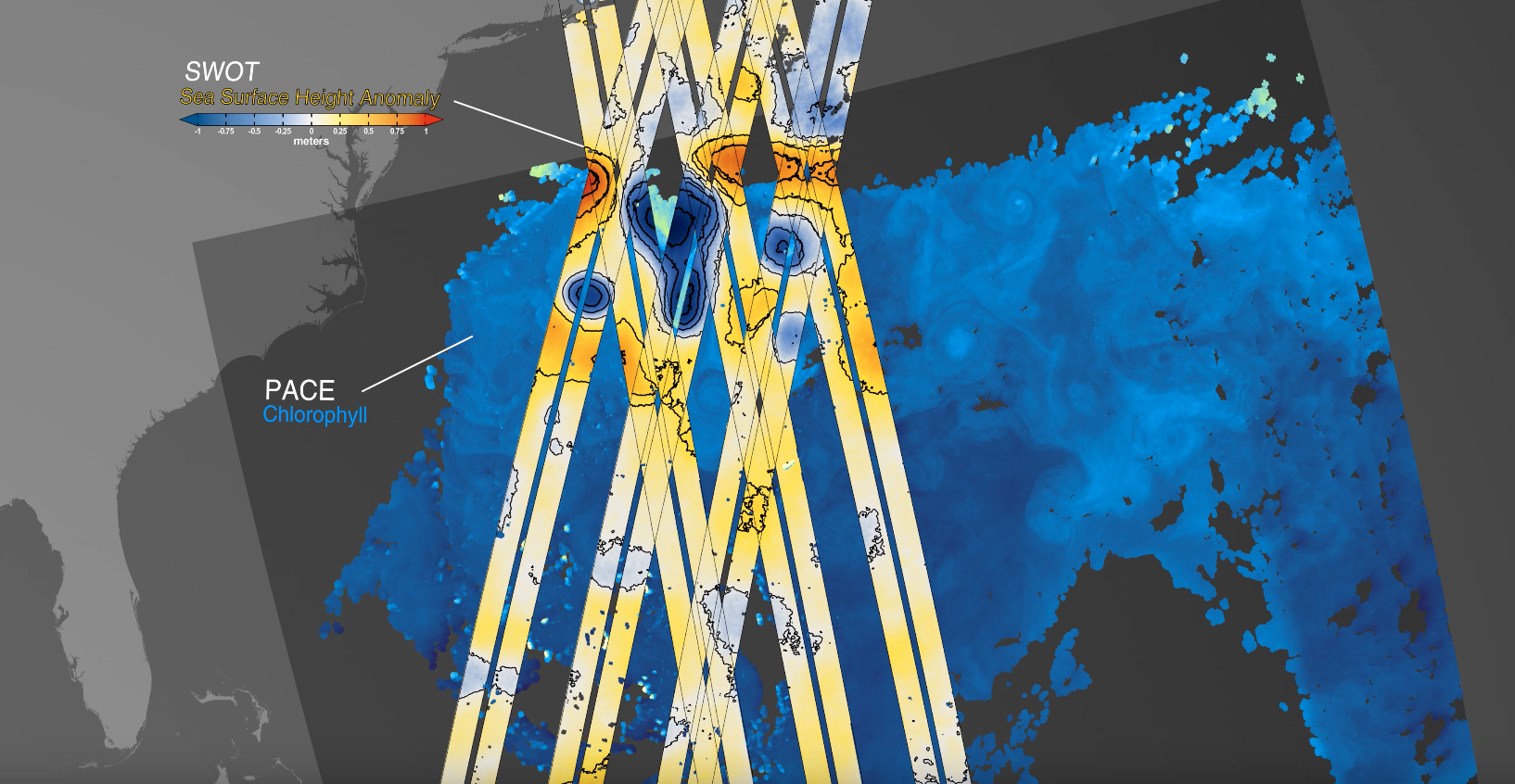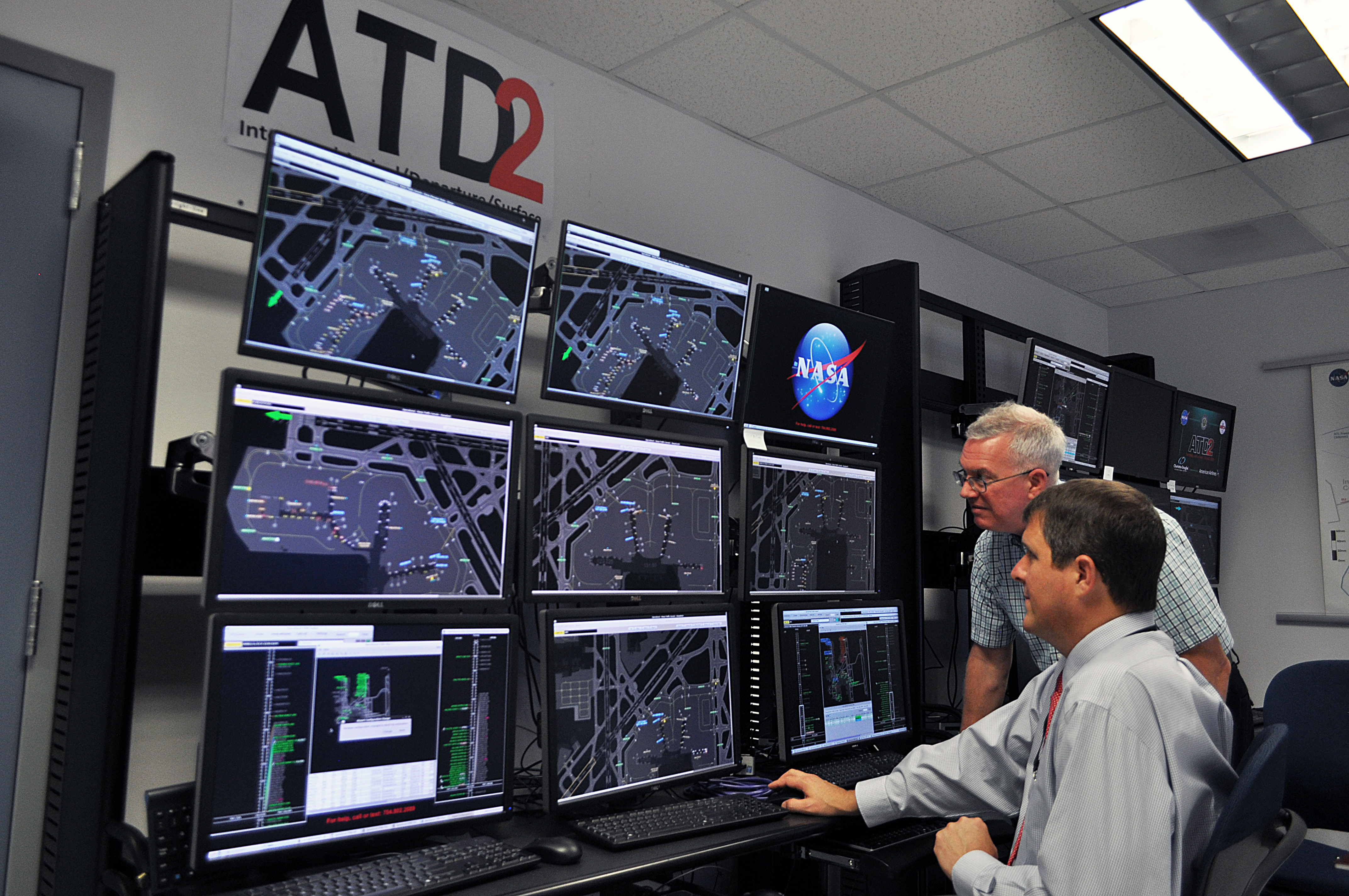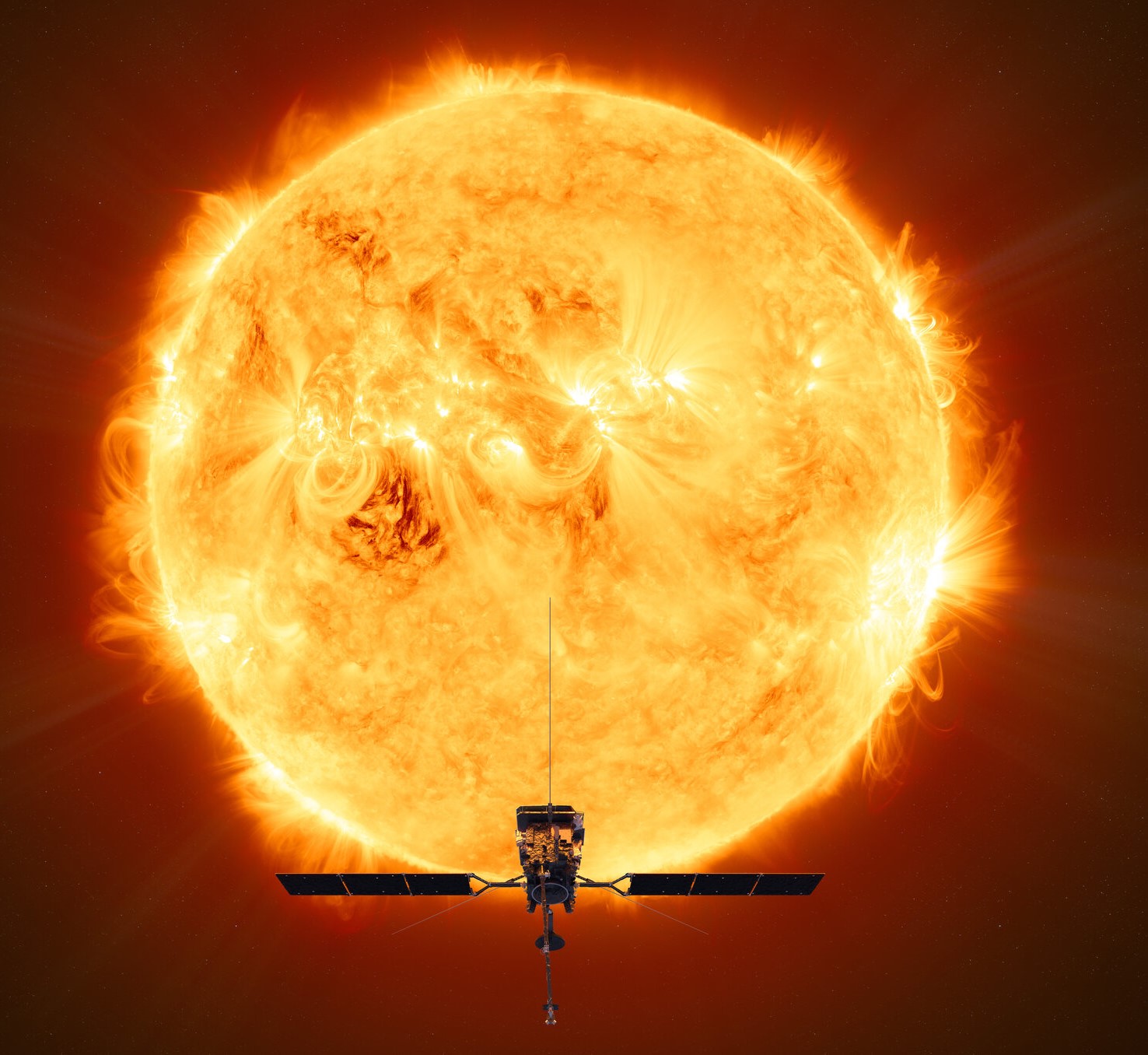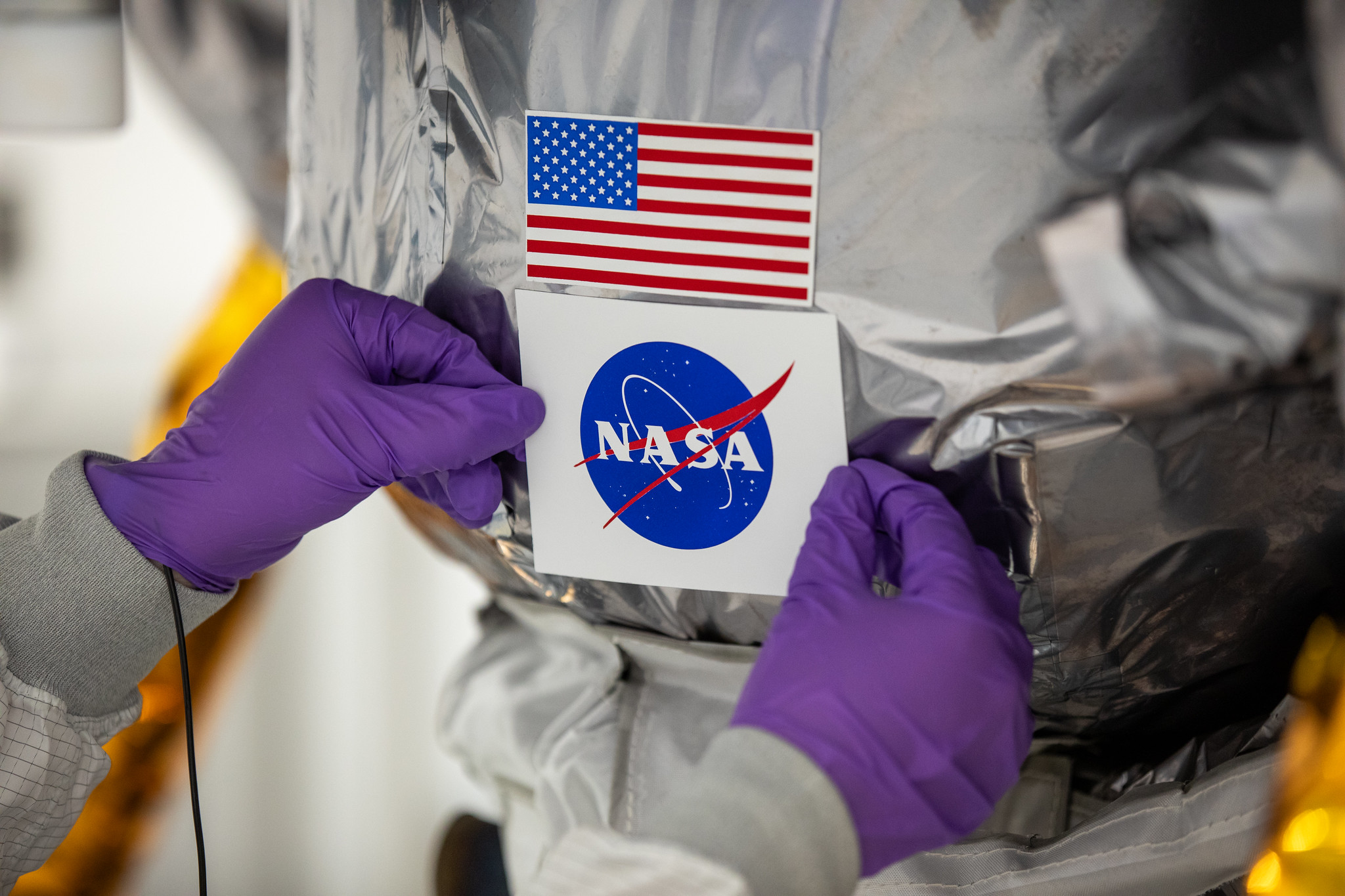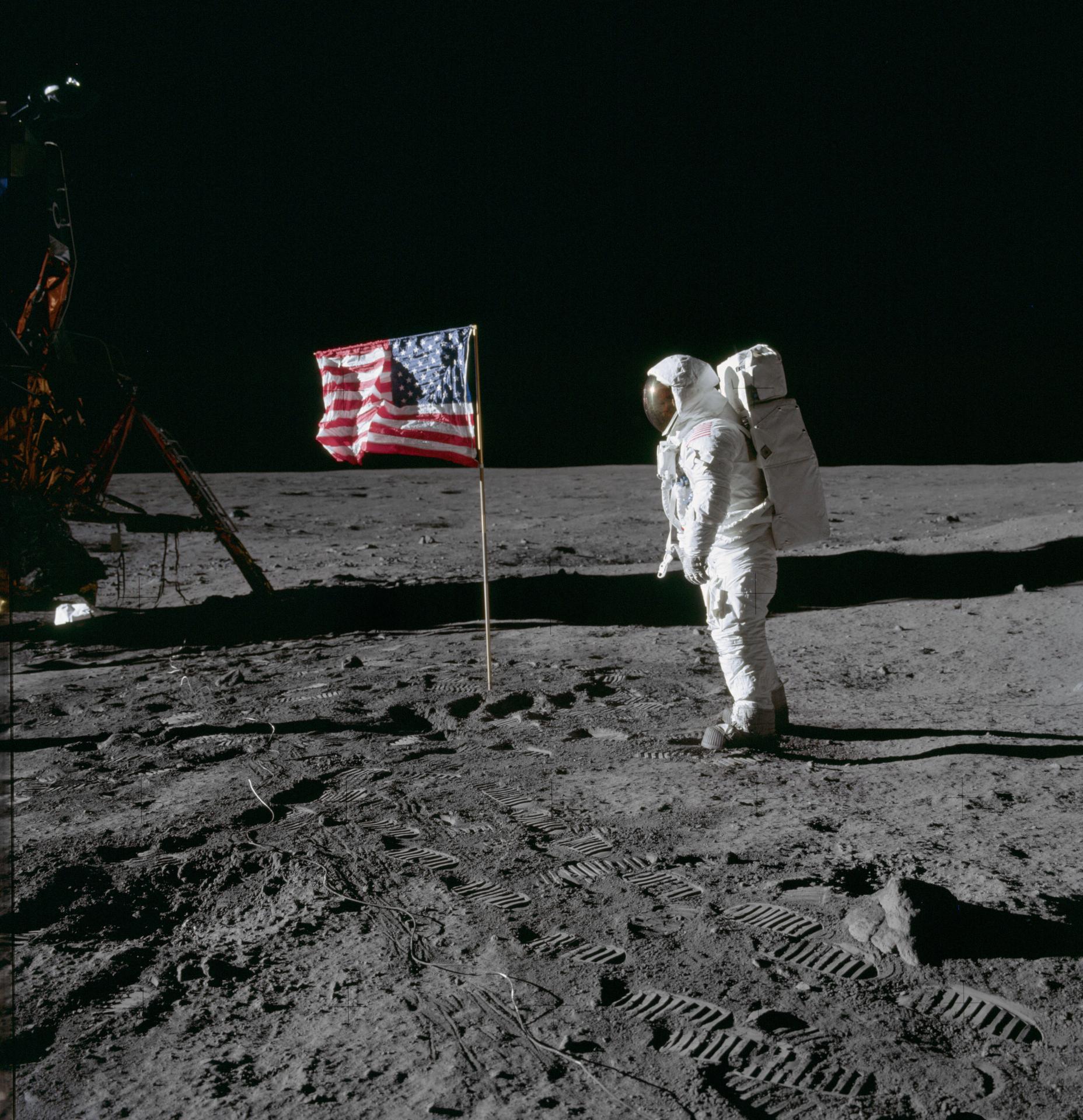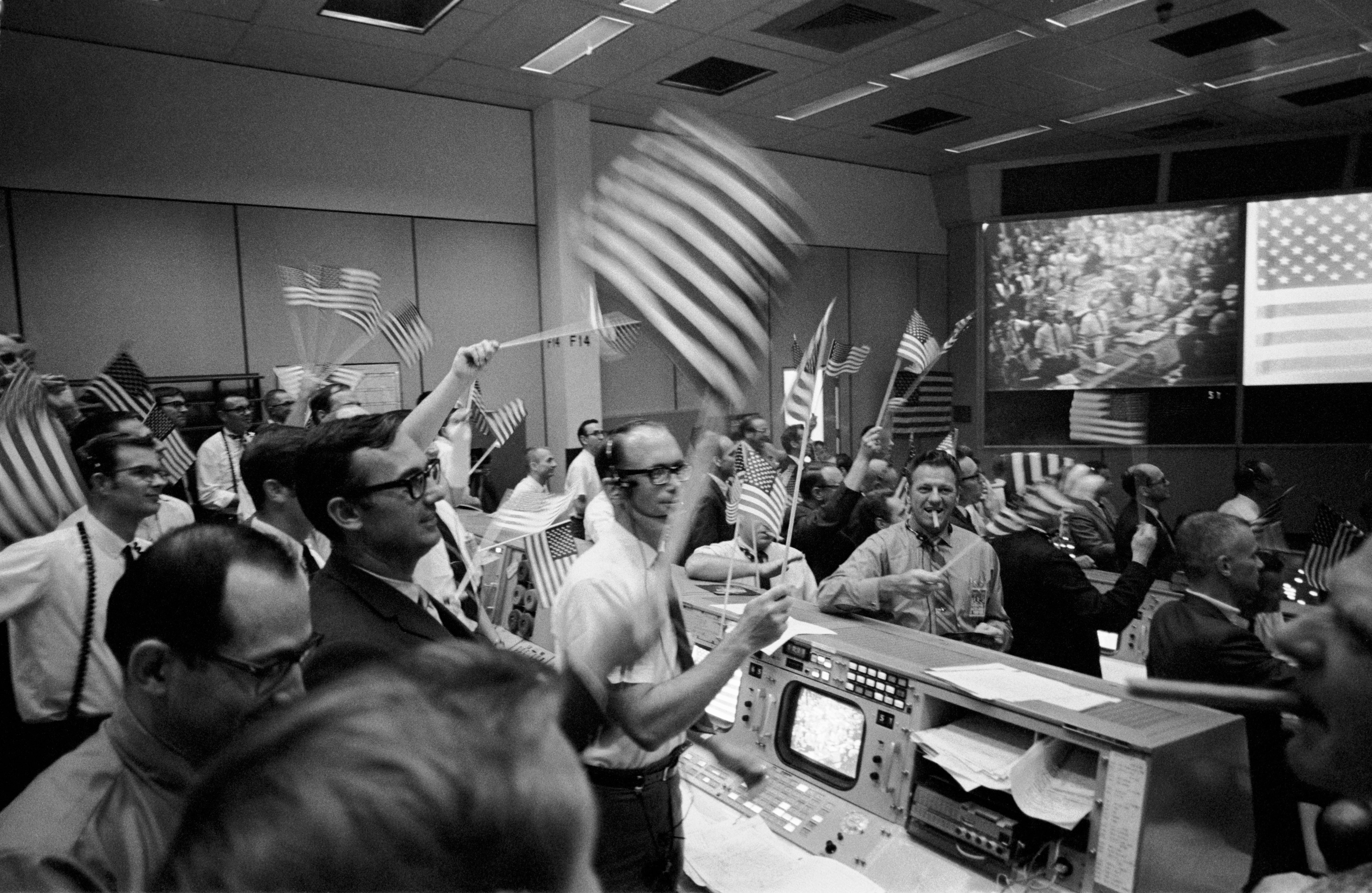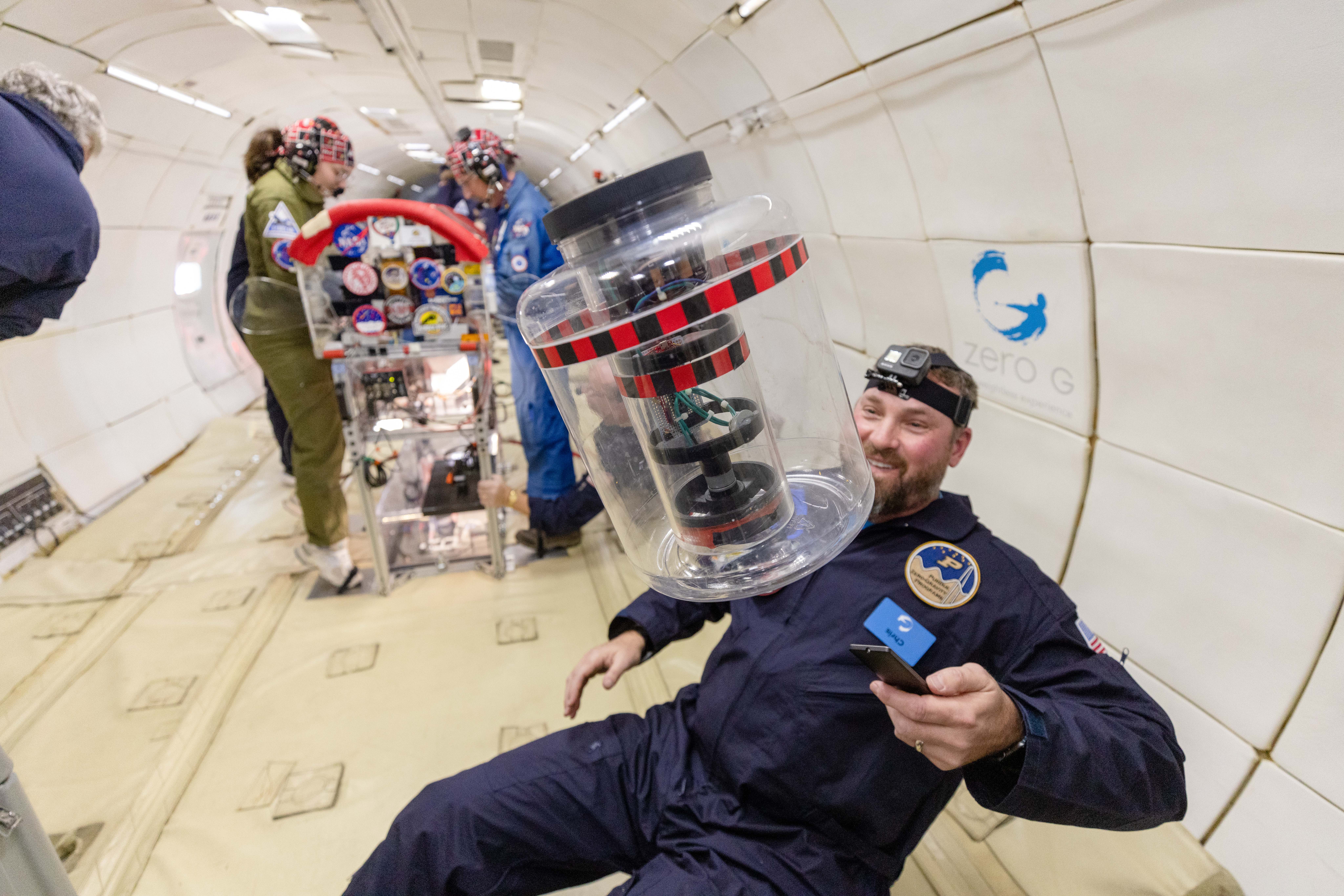NASA contributes to our Nation’s economic competitiveness, fueling growth in American industry and supporting quality, high-paying jobs across the country and internationally. NASA’s economic impact is also seen in the incalculable value of the climate change data provided by our earth-observation satellites and scientists, and shared freely and openly with the world.
Economic Benefits
The agency generated more than $75.6 billion in economic output across all 50 states and Washington, D.C., in fiscal year 2023.
NASA Economic Impact Report about Economic Benefits
Artemis
NASA’s Artemis campaign will return humans to the lunar surface in the 2020s, create a long-term American presence for years to come, and provide the experience and technology to conduct the first human missions to Mars. While providing scientific returns, geopolitical leadership, and the enduring value of human and robotic space exploration, Artemis offers considerable benefits to American citizens in the prospect of substantial economic growth while driving a workforce of the future.
Learn More about Artemis
Aeronautics
Results achieved by NASA’s aeronautical innovators through the years directly benefit today’s air transportation system, the aviation industry, and the passengers and businesses who rely on those advances in flight every day. As a result, every U.S. commercial aircraft and U.S. air traffic control tower uses NASA-developed technology to improve efficiency and maintain safety.
Learn More about Aeronautics
Benefits to Humanity
Technologies and missions we develop for human spaceflight have thousands of applications on Earth, boosting the economy, creating new career paths, and advancing everyday technologies all around us.
Learn More about Benefits to Humanity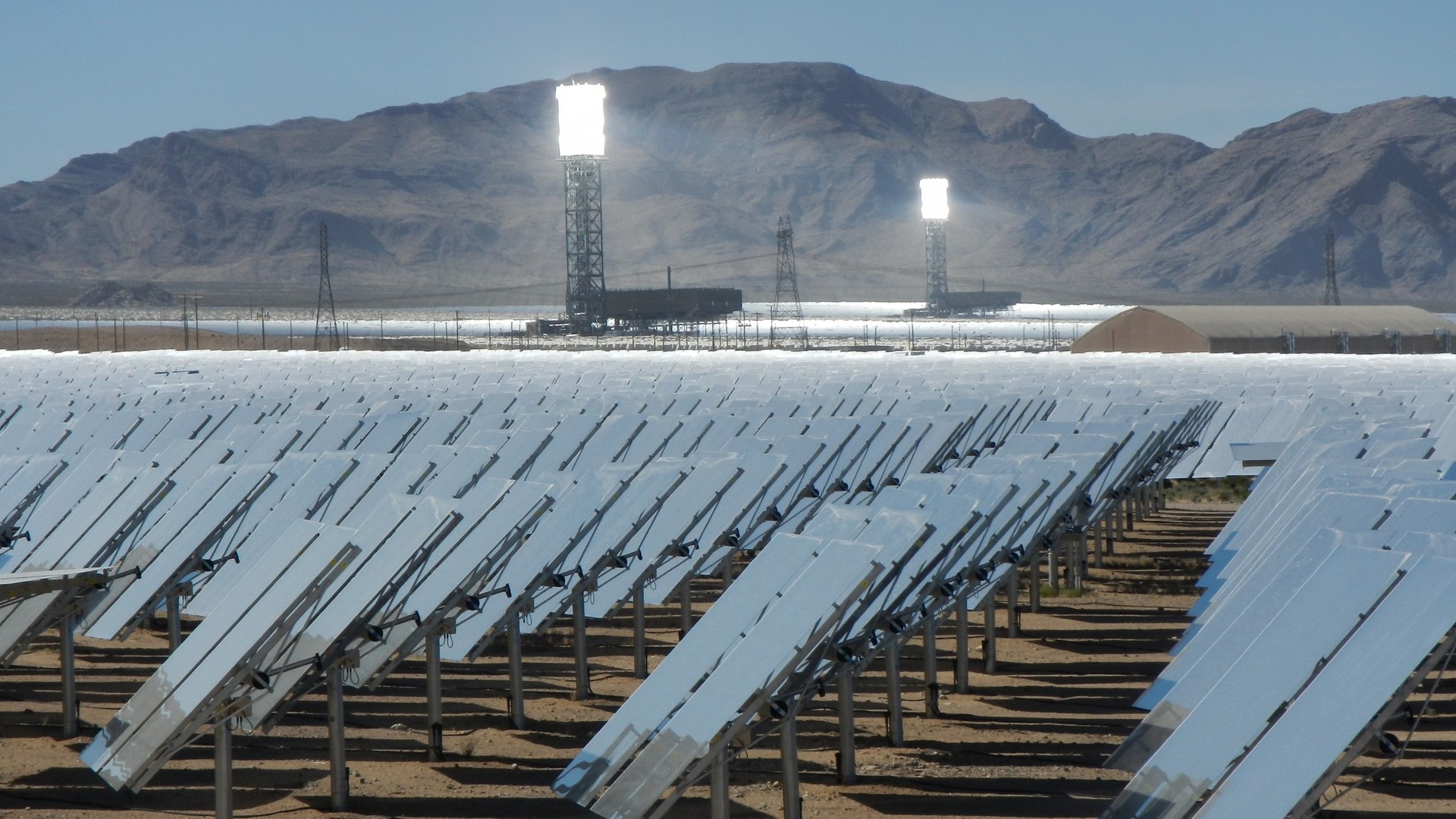
Benefits to Science
Recently launched earth science missions are providing unprecedented views of our planet, incredible insight into the health of our oceans and atmosphere, and helping decision-makers improve lives on Earth and safeguard our future. At NASA, we are fortunate that our science and exploration endeavors are inextricably linked and help us discover and innovate for the benefit of humanity.
Learn More about Benefits to Science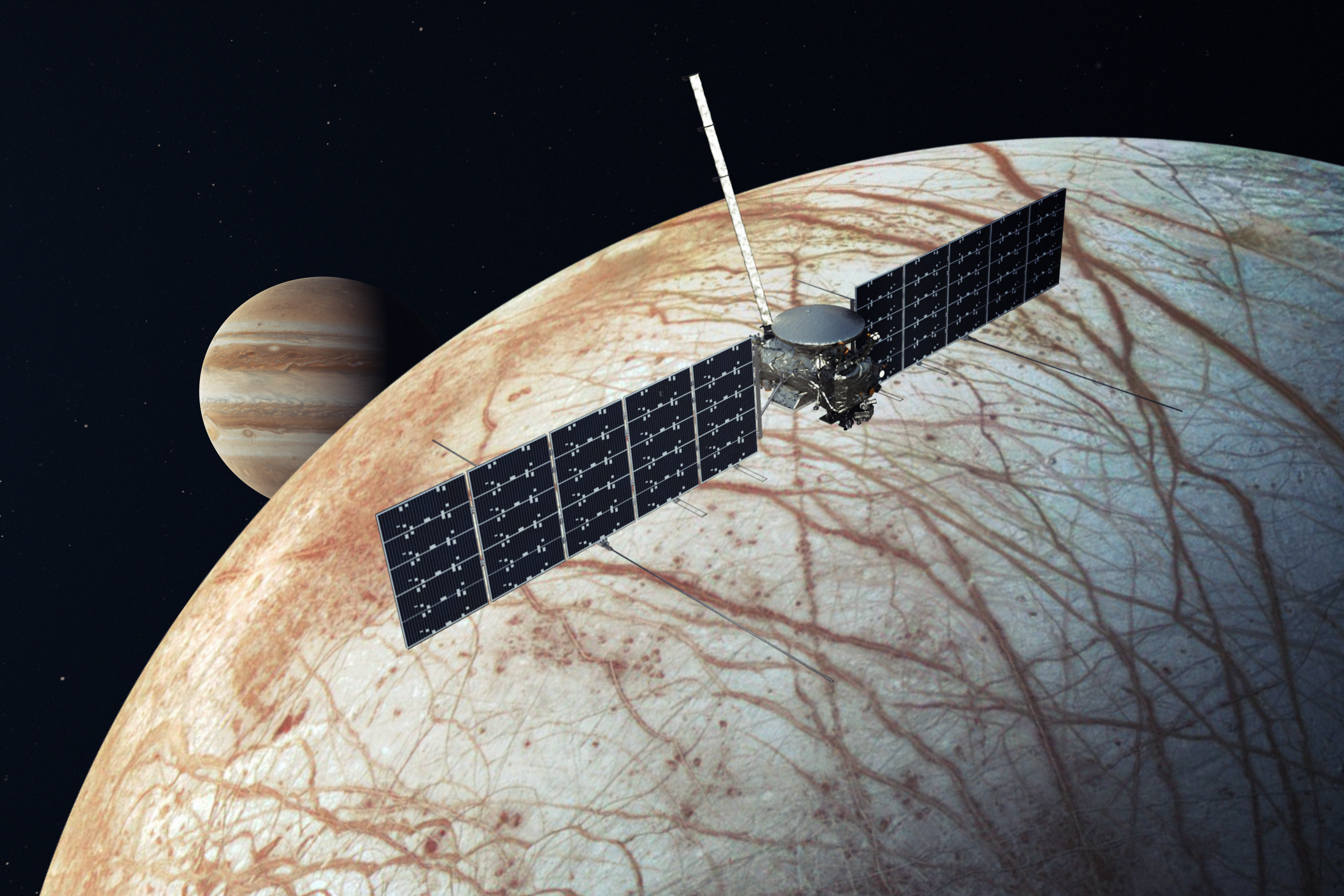
International Space Station
The benefits derived from an orbiting laboratory are definitely not limited to space exploration. Examples range from the tangible, such as air purification and water filtration products, to the potential, such as cleaner combustion engines or medical scans that expose patients to lower levels of radiation. Some benefits arise from new scientific knowledge, while others are derived from the specialized equipment needed to live in and conduct research in space.
Learn More about International Space Station
Science
Science is interconnected; no important question stands alone. The Science Mission Directorate (SMD) is an organization where discoveries in one scientific discipline have a direct route to other areas of study. This flow is something extremely valuable and is rare in the scientific world.
Learn More about Science
STEM Engagement
NASA makes vital investments in a diverse portfolio of learning opportunities and impactful activities designed to engage as many U.S. students and educators as possible, from kindergarten through graduate school, and through venues from the local library to the university. NASA is uniquely positioned to use its platform of exciting missions and world-class experts to aid in building a skilled STEM workforce with the technical skills needed to carry forward our nation’s vital work in aeronautics and space into the future.
Learn More about STEM Engagement
Technology
NASA technology development supports the nation’s innovation economy by creating solutions for space exploration that also generate tangible benefits for life on Earth. NASA is investing in the future of innovation.
Learn More about Technology